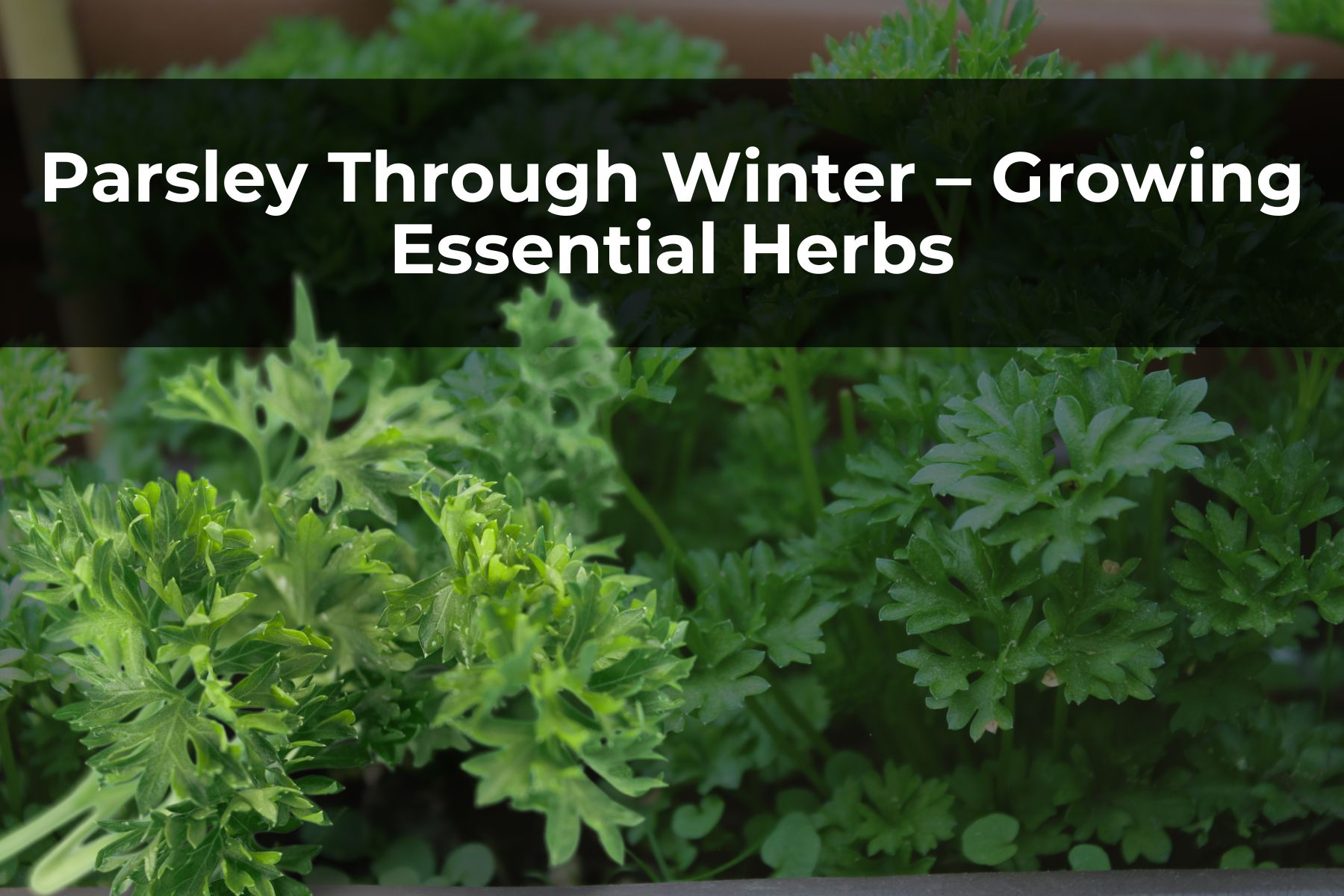Last Updated on June 12, 2023 by Real Men Sow
You can make parsley grow through winter one of the most rewarding and easy gardening projects that you can do right now. There are two options. You can start a few plants indoors and have a continuous supply of fresh sprigs throughout the winter. You can also plant young parsley seeds outdoors, or in a cool greenhouse. Then you will enjoy a spring flush and edible flowers in the late spring.
The next step is the aromatic seeds. You may never again need to purchase parsley seeds. You can make the most out of this biennial by growing parsley both in winter and summer.
Starting Parsley Seeds
The first step is to plant parsley seeds. Although parsley seeds won’t be available for purchase from mail-order seed businesses until spring, most companies have at least some varieties.
Warm summer temperatures are more favourable for parsley seeds than spring. However, they should still be primed by placing them in a strainer and thoroughly dousing them with hot water. This will remove germination inhibitors from the seed coats and seedlings should be ready in 7-10 days.
Winter parsley seedlings are grown outdoors until they develop two leaves. Then, transplant them into larger containers. Parsley seedlings can be transplanted easily, provided that the roots are properly moistened.
Winter Indoor Growing
You can grow parsley indoors if you don’t have sunlight. If the leaves become too bushy, overhead lighting will not penetrate them as well. The plants do best on a cool windowsill that is regularly turned so that they get even light.
When growing parsley indoors, tiny wedge-shaped aphids could be a problem. You can take infested plants outside, but only on mild days. Hold them upside down while you use a pump spray bottle to apply slightly soapy water to wash away the aphids.
Keep doing this every few days until you are able to get rid of the aphids. If you live in an area where convergent ladybirds are common, you can also catch them and release them on your aphid-ridden plants. In a week, the aphids will disappear.
Winter Outdoor Growing
Young parsley plants that have been well-rooted and are protected by an insulating mulch will survive temperatures of 10°F (-12°C), but their leaf quality is affected when the temperature drops below 20°F (-6°C). If you live in marginal climates, or have covered beds, it is important to get the roots growing and continue winter.
Parsley plants are true biennials and must be kept cool to produce lots of flowers for hoverflies and other beneficial insects. Then, they need to grow a good crop of seeds. The tall stems should be staked to prevent them from falling to the ground.
Mulching and Cover
Mulch plants should be covered with a shroud of old sheets or row cover to reduce the chance of them freezing again. The cover will not only protect plants from cold winds but also buffer them from deer and rabbits. The plants will quickly recover if the cover is removed in the spring.

